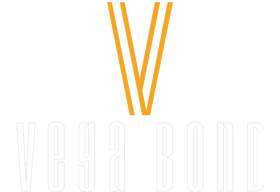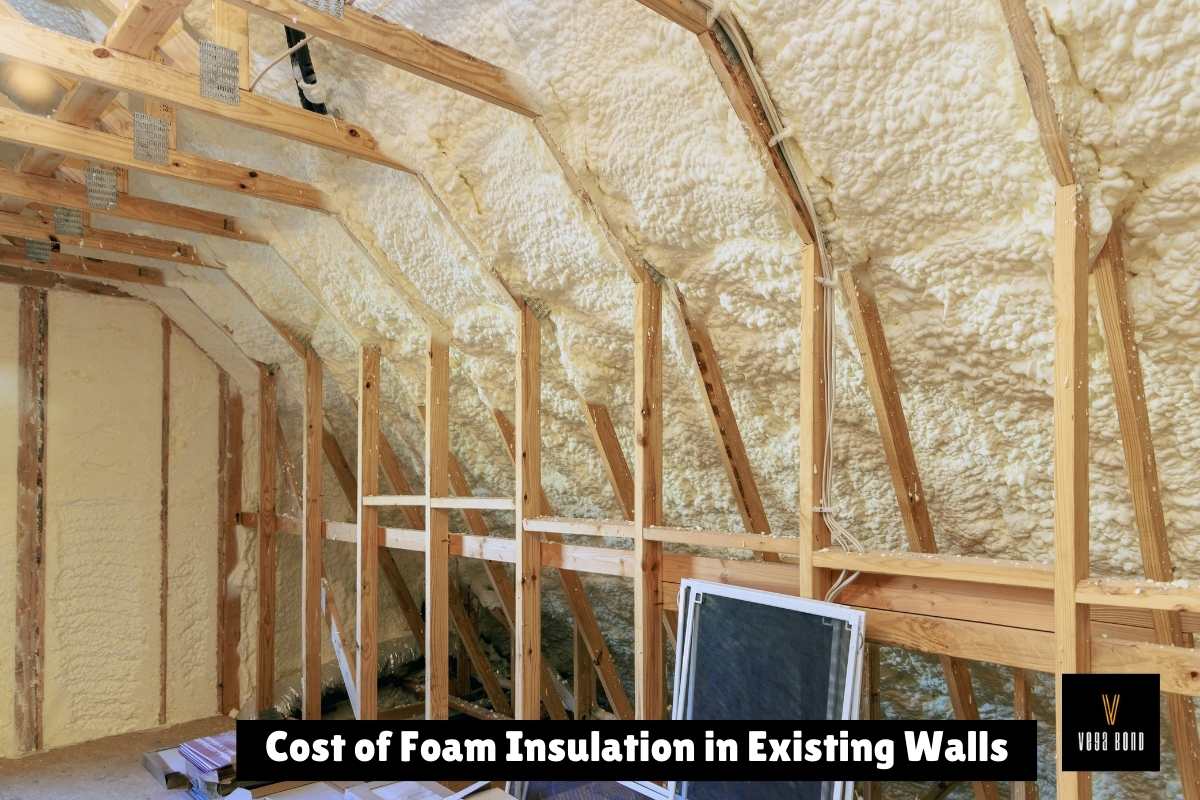Cost of Foam Insulation in Existing Walls: Long-term Savings
Ever wonder why your energy bills keep going up, even when you try to save energy? The answer might be in your walls. Foam insulation for existing walls is changing the game in home energy efficiency. But what does it really Cost of Foam Insulation in Existing Walls, and is it a good investment?
More homeowners are choosing foam insulation to make their homes more comfortable and save on energy bills. If you're looking into spray foam or injection foam insulation costs, knowing the price of foam insulation per square foot is key. This helps you make a smart choice.
Foam insulation is a great fix for older homes, sealing gaps and making a tight seal that older insulation can't. This new insulation type boosts energy efficiency, makes your home more comfortable, and lowers noise levels.
Key Takeaways
- Foam insulation can significantly reduce energy bills in existing homes
- Costs vary based on insulation type and installation method
- Long-term savings often outweigh initial installation costs
- Professional installation ensures optimal performance and safety
- Foam insulation improves both energy efficiency and home comfort

Understanding Foam Insulation for Existing Walls
Foam insulation is a great way to make older homes more energy-efficient and comfortable. This material can greatly improve how well a household heats and keeps it out. Let's look at the different types and benefits of foam insulation and how to install it on existing walls.
Types of Foam Insulation
There are two main types of foam insulation for retrofitting:
- Open-cell foam: Lighter and more flexible
- Closed-cell foam: Denser and provides better insulation
Injection foam is another choice for insulating wall cavities. It's made to fill spaces without taking out drywall.
Benefits of Foam Insulation in Older Homes
Switching to foam insulation in older homes brings many benefits:
- Improved energy efficiency
- Enhanced comfort by eliminating drafts
- Reduced noise transmission
- Better air quality by sealing air leaks
How Foam Insulation is Installed in Existing Walls
The steps to install foam insulation in existing walls are:
- Drilling small holes in the wall
- Injecting foam or spraying it into wall cavities
- Sealing the holes after the insulation is complete
The cost of foam insulation injection depends on your home's size and the foam type. Although it may seem expensive at first, the savings on energy bills over time make it a smart choice for upgrading your home's insulation.
| Insulation Type | R-Value per Inch | Cost per Square Foot |
|---|---|---|
| Open-cell Foam | 3.6 - 3.8 | $0.44 - $0.65 |
| Closed-cell Foam | 6.0 - 6.5 | $1.00 - $1.50 |
| Injection Foam | 4.0 - 5.0 | $0.80 - $1.20 |
Factors Affecting the Cost of Foam Insulation
When considering insulating your home, many factors affect the cost. One big factor is the type of foam used. Blown-in foam is usually cheaper than spray foam for walls.
The size and condition of your walls matter a lot for the cost of insulation. Bigger walls require more materials and work, making them more expensive. Walls that are in bad shape might need fixing before insulation, adding to the cost.
Getting to certain areas can also affect the price. Walls that are hard to reach or have obstacles might need special gear or more workers. The way the installation goes depends on your home's design and age.
| Factor | Impact on Cost |
|---|---|
| Foam Type | 10-30% variation |
| Wall Size | Direct correlation |
| Wall Condition | Up to 20% increase if repairs needed |
| Accessibility | 15-25% increase for difficult areas |
| Labor Costs | 40-60% of total cost |
Labor costs are a big part of the total price. Prices change based on the contractor's skills and the complexity of the project. The cost of materials and regional prices can also affect the final price of your insulation.
Cost of Foam Insulation in Existing Walls: Breakdown and Estimates
Planning for insulation installation costs is key for homeowners looking to insulate their walls. We'll outline the costs of foam insulation for existing walls, which will help you better plan your budget.
Average Cost per Square Foot
The price of foam insulation varies by type. Spray foam costs between $0.50 and $2.00 per square foot for open-cell and $1.00 to $3.00 for closed-cell. Injection foam for walls is usually priced between $1.00 and $2.50 per square foot.
Labor Costs vs. Material Costs
When planning home energy upgrades, consider both labor and materials. Labor accounts for 40-60% of the total cost. For a 1,500-square-foot home, materials might cost $750 to $3,000, while labor could add another $500 to $2,500.
Regional Price Variations
Insulation prices differ by region due to local labor rates, climate needs, and material availability. In colder northern states, prices are often higher due to the need for more insulation. Urban areas tend to have higher costs than rural ones because of higher living costs and competition.
| Region | Average Cost per Square Foot |
|---|---|
| Northeast | $1.50 - $3.50 |
| Midwest | $1.25 - $3.00 |
| South | $1.00 - $2.75 |
| West | $1.75 - $4.00 |
Long-term Savings: Energy Efficiency and ROI
Foam insulation in existing walls can lead to big savings over time. Investing in spray foam or injection foam insulation means lower energy bills. This insulation creates a tight seal, keeping warm air in during winter and cool air in during summer.
Home insulation costs might seem high. But they pay off quickly. Many homeowners see lower utility costs within months. Over the years, these savings really add up.
Insulation saves money and makes your home more comfortable. Insulation contractors can find problem areas and suggest the best solutions. With expert installation, you can stop drafts and keep your house at a steady temperature.
The return on investment for foam insulation is impressive. Costs vary, but many homeowners get their money back in 3 to 5 years. After that, it's all savings. Plus, a well-insulated home often has a higher resale value. It's a smart upgrade that pays off now and in the future.
FAQ
What are the different types of foam insulation for existing walls?
There are two main types of foam insulation for existing walls. Spray foam insulation comes in open-cell and closed-cell types. Injection foam is injected into walls through small holes.
How is foam insulation installed on existing walls?
Different methods are used to install foam insulation on existing walls. One method is drill-and-fill, where holes are drilled and foam is injected. Another method is spray application, where foam is sprayed on the walls.
What factors affect the cost of foam insulation for existing walls?
The cost of foam insulation depends on several factors. These include the foam type, wall size and condition, and accessibility. Labor costs and any prep work needed also play a role. Prices can vary by region and market conditions.
What is the average cost per square foot for foam insulation in existing walls?
The cost of foam insulation varies by type and project complexity. It can range from $1 to $6 per square foot. Closed-cell spray foam is usually pricier than open-cell or injection foam.
How do labor costs compare to material costs for foam insulation?
Labor costs often account for a large portion of foam insulation projects—sometimes even more than the cost of materials. Getting experienced pros to install the foam insulation is key to ensuring its long-term success.
What are the long-term savings and benefits of foam insulation in existing walls?
Foam insulation boosts a home's energy efficiency, cutting down on utility bills. It also makes the home more comfortable. This can lead to savings on heating and cooling over time.
It also improves indoor air quality and reduces outside noise.




